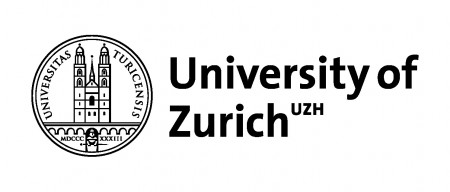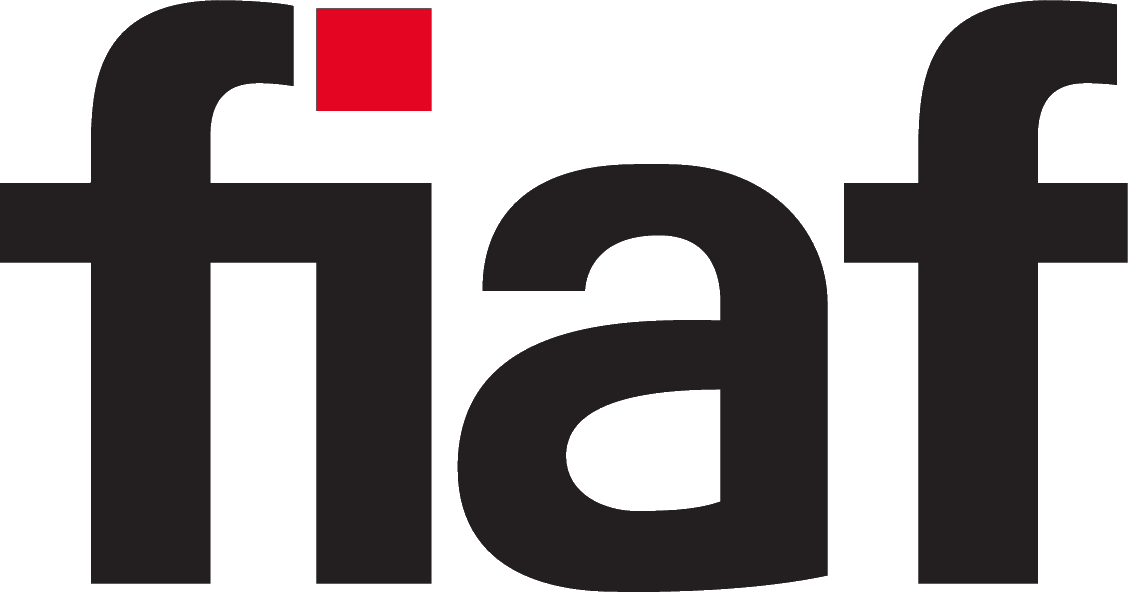

UNIVERSITY OF ZÜRICH
DEPARTMENT OF FILM STUDIES
Affolternstrasse 56
8050 Zurich
Switzerland
T: 41 44 634 35 37
F: 41 44 634 49 10
info@fiwi.uzh.ch
www.film.uzh.ch
The Department
With the three perspectives of film analysis, film history, and film theory, which inform the Film Studies curriculum, the teaching and research activities at the Zurich department stand in a liberal arts/cultural studies tradition. Taking into account their development from the 19th to the 21st century, film and cinema are examined as (audio-)visual phenomena in the context of their social and artistic practice, with view to theoretical discourses, and in relation to other constellations and forms of the visual and the acoustic.
The department is now one of Europe’s teaching and research centers in the field of film studies. It offers a home base as well as a site of exchange to numerous scholars at the doctoral and postdoc levels. The dedicated administrative staff and a well-equipped library and video collection ensure excellent working conditions for research and teaching on the Oerlikon Campus, where the department has been located since 2010.
Curriculum
Film Studies is offered as a first minor (60 credits) within a Bachelor’s degree program. Students acquire fundamental knowledge, approaches, and methods in film analysis, film theory, and film history. They are equipped with the ability to critically investigate issues of film aesthetics and the pertinent scholarly positions of the field. Beyond providing an overview of the subject area, the program aims to advance students’ competence in methodical, scholarly thinking.
The study program focuses on the theory, aesthetics, and history of the medium of film and the institution of cinema, from the beginnings to the present. Cinematic works are analyzed and contextualized culturally and historically.
The Department of Film Studies also offers three study programs leading to a Master of Arts. Film Studies can be chosen as a first minor (30 credits) within the Master’s degree program of the Faculty of Arts and Social Sciences. In addition, there are two options for a major in Film Studies: the specialized Master’s program «Theory and History of Film» (90 credits), in combination with a first minor (30 credits) offered by the Faculty of Arts and Social Sciences, or the «Master of Arts in Film Studies» offered by the Swiss Cinema Network (120 credits).
A Master’s program can be followed by doctoral studies, which focus on an independently conducted research project (dissertation) and lead to the doctoral degree (PhD). It is possible to write a PhD thesis in English. However, to pursue doctoral studies and participate in academic life, candidates must have sufficient knowledge of German.
Restoration
The Chair of Prof. Dr. Barbara Flueckiger is specialized in exploring the interaction between film technology and aesthetics. Numerous projects in the field of film archiving and restoration have followed this approach.
While the goal of AFRESA (2008–2011) was to develop an integrated system for the digitization, preliminary restoration and automatic registration of archival films, Film History Remastered (2011–2013) investigated the effects of digitization on our perception of film history. DIASTOR (2013–2015) was a collaborative applied research project which built on the insights of the two former ones. Its goal was to help industry partners to develop scientific workflows for the digitization and restoration of historical film material, based on material and aesthetic investigations.
Four interrelated projects deal with the specific subject of color in film. The ERC Advanced Grant project FilmColors. Bridging the Gap Between Technology and Aesthetics (2015–2021) explores the more than 200 film color processes which have been developed since the invention of film. FilmColors is based on a truly interdisciplinary research design with a novel methodology which explores the interaction of technological advances and limitations with film color aesthetics, therefore identifying diachronic patterns of stylistic means. In order to achieve this, the visual analysis and annotation software VIAN has been developed which allows crowdsourcing of color analyses of large groups of films. The tightly related projects Film Colors. Technologies, Cultures, Institutions (2016–2020) and Autonomous Film Colors in Animation and Digital Productions. An Intercultural Comparison (2019–2023) both make use of the VIAN application as well of extensive historical research to connect various aspects of film colors – from technology and aesthetics to narration, perception and the affective effects of color, as well as their cultural and institutional development in film history. Finally, ERC Proof of Concept: Development of a New Versatile Archival Film Scanner (2018– 2020) aims at developing a multi-spectral and versatile core film scanner unit which adapts the spectral distribution and the directional arrangement of its illumination system. This approach leads to better results in terms of both the accuracy with the original colors and the potential to digitally reconstruct faded colors.
Many of the results of these four projects are published on the Timeline of Historical Film Colors, created and curated by Barbara Flueckiger since 2012. This online platform provides comprehensive information about historical film color processes invented since the end of the 19th century including specific still photography color technologies that were their conceptual predecessors.





